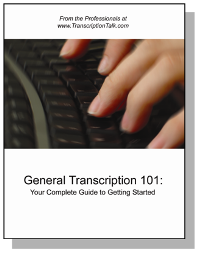We've talked about two uses for the semicolon – for joining two sentences in the absence of a conjunction or when a conjunctive adverb is used as well as in lieu of a comma in complex lists – but let's take a look at some examples of when a semicolon should not be used.
Do not use a semicolon when a conjunction is already being used to join two sentences together.
Incorrect:
It was raining; but the sunrise was beautiful.
The humidity in the air was palpatable; and she was not looking forward to running errands.
Semicolons should not be used when one of the parts is not an independent clause (i.e., it can't stand on its own).
Incorrect:
Because it was raining; the sunrise was beautiful.
She was looking forward to the day; even though it was raining.
If in doubt, do not use a semicolon. I believe that, used properly, semicolons can be a powerful tool, but used improperly, they detract from the readability of a transcript.
Thursday, July 3, 2008
Demystifying the Semicolon, Part 3 – When NOT to Use a Semicolon
Posted by Mandi @ Life Your Way at 5:02 AM
Labels: grammar and spelling, punctuation
Subscribe to:
Post Comments (Atom)









































0 Comments:
Post a Comment